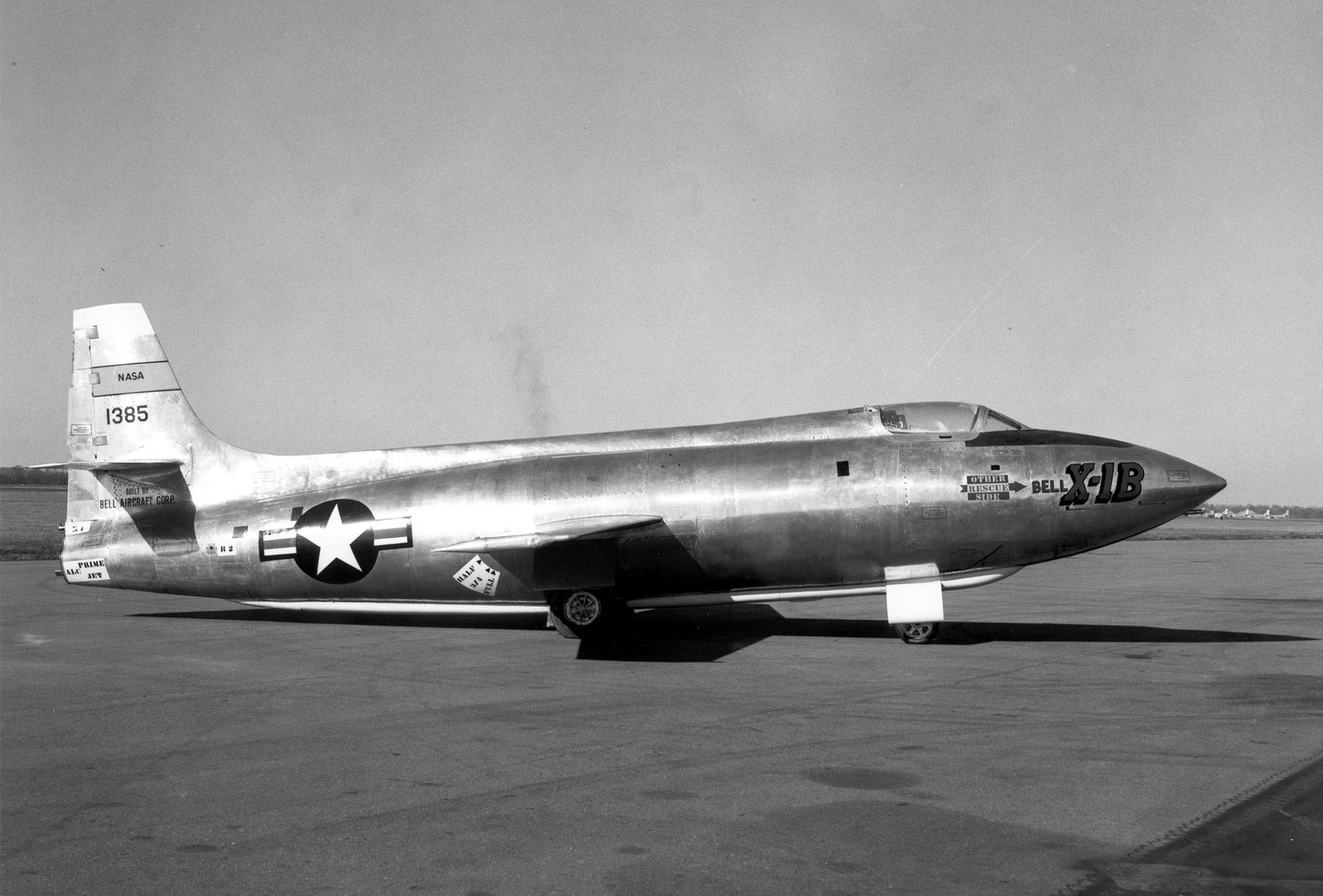
Bell X1B > National Museum of the United States Air Force™ > Display
The Bell X-1 was designed to test whether aeroplanes could handle the stresses of flying near the speed of sound. Many aeronautical engineers believed the strain would break a plane up creating a natural limit to how fast humans could fly. Bell X-1Smithsonian's National Air and Space Museum.
/bell-x-1-large-56a61c545f9b58b7d0dff7a2.jpg)
The Bell X1 and Breaking the Sound Barrier
The plane. The Bell X-1 broke the sound barrier with Col. Chuck Yeager at the controls on Oct. 14, 1947. (Image credit: NASA) Four rocket engines propelled the X-1, and it was built to absorb 18.

Bell X1B > National Museum of the United States Air Force™ > Display
The Bell X-1 is a rocket engine-powered aircraft, designated originally as the XS-1, and was a joint National Advisory Committee for Aeronautics-U.S. Army Air Forces-U.S. Air Force supersonic research project built by Bell Aircraft. Conceived during 1944 and designed and built in 1945, it achieved a speed of nearly 1,000 miles per hour in 1948. A derivative of this same design, the Bell.
.jpg)
How the Bell X1 Earned Its Place in Aviation History The National Interest
The Bell X-1 was the first supersonic jet ever Smithsonian National Air and Space Museum Flying high above the dusty Mojave Desert below him, Captain Charles "Chuck" Yeager of the United States.
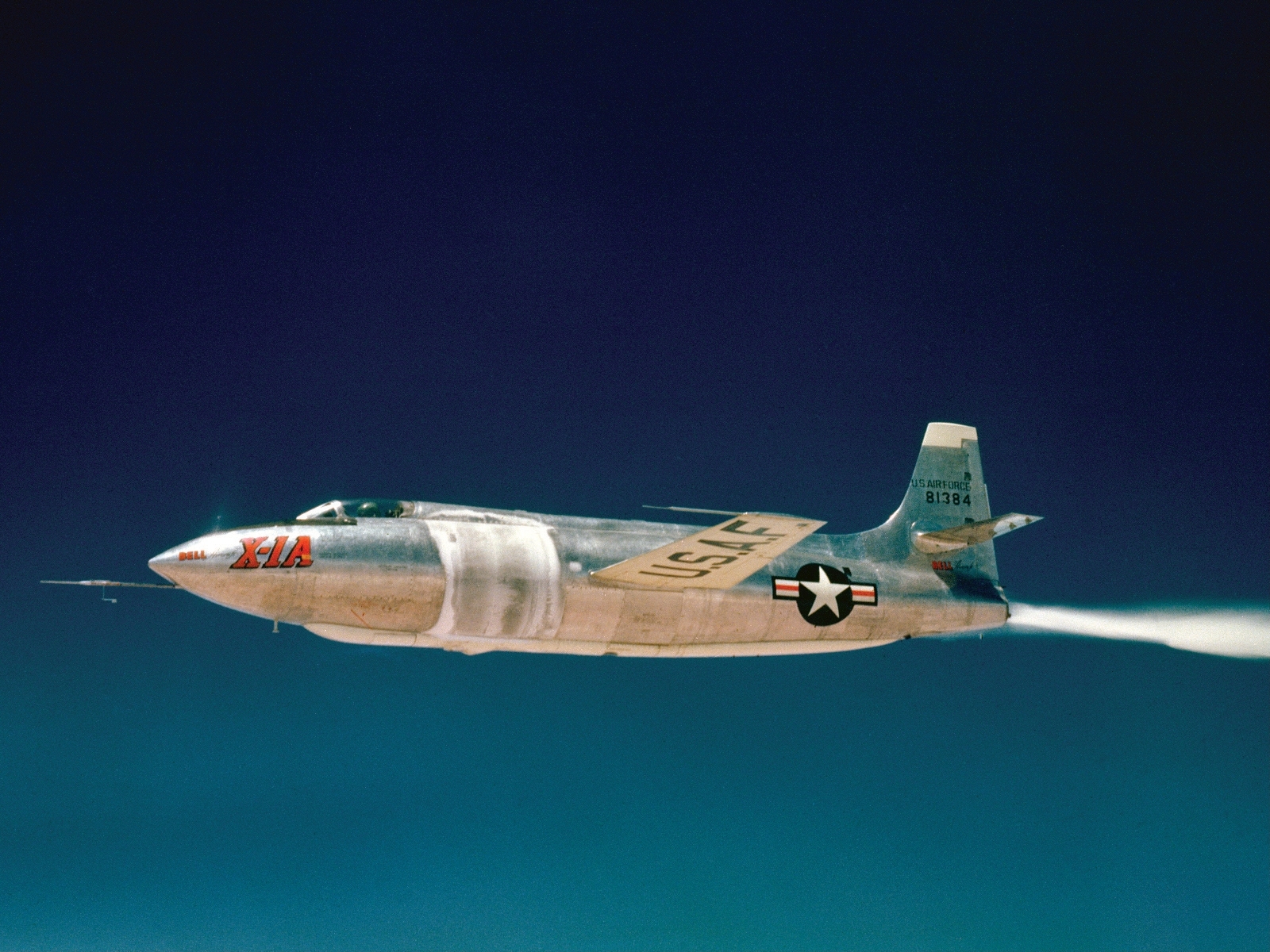
FileBell X1A in flight.jpg Wikimedia Commons
The Bell X-1 ( Bell Model 44) is a rocket engine-powered aircraft, designated originally as the XS-1, and was a joint National Advisory Committee for Aeronautics - U.S. Army Air Forces - U.S. Air Force supersonic research project built by Bell Aircraft.

FileBell X1.jpg Wikimedia Commons
Summary On October 14, 1947, the Bell X-1 became the first airplane to fly faster than the speed of sound. Piloted by U.S. Air Force Capt. Charles E. "Chuck" Yeager, the X-1 reached a speed of 1,127 kilometers (700 miles) per hour, Mach 1.06, at an altitude of 13,000 meters (43,000 feet).
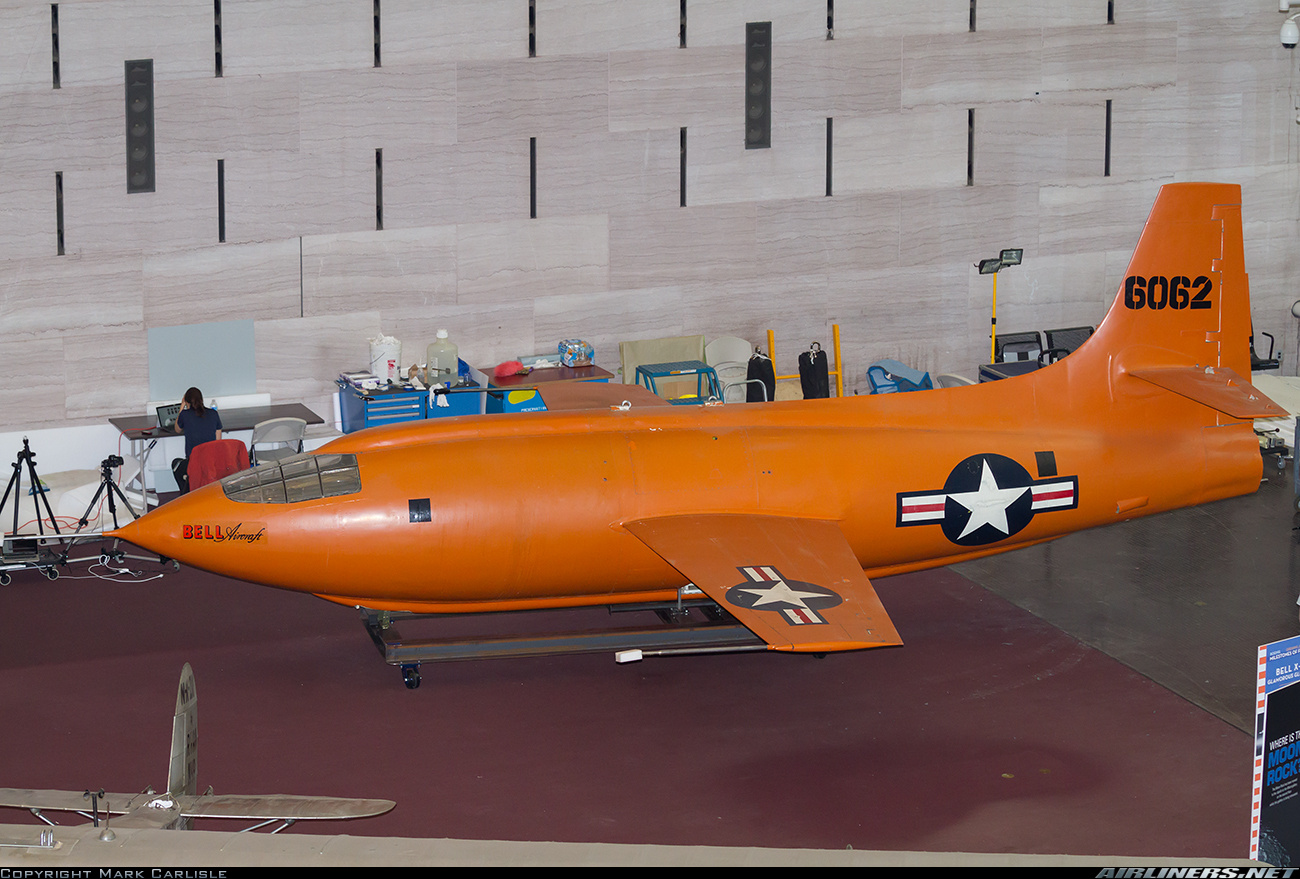
Bell X1 USA Air Force Aviation Photo 2638463
A joint project of NACA and the U.S. Army Air Forces, built by Bell Aircraft of Buffalo, New York, the X-1 reached a speed of 700 miles per hour that bright day, Mach 1.06 at an altitude of.
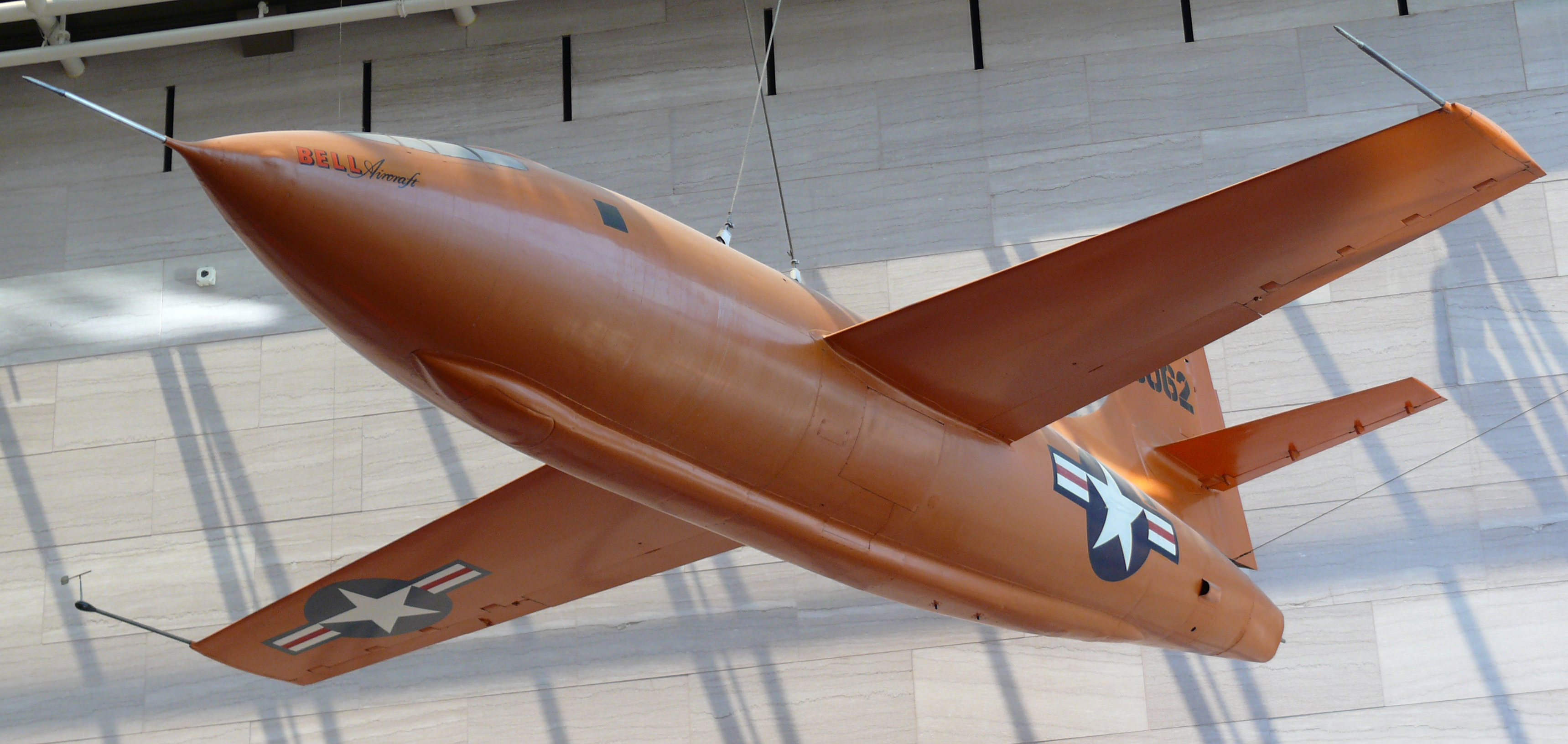
Bell X1 Wikiwand
Bell X-1, U.S. rocket-powered supersonic research airplane built by Bell Aircraft Corporation, the first aircraft to exceed the speed of sound in level flight.
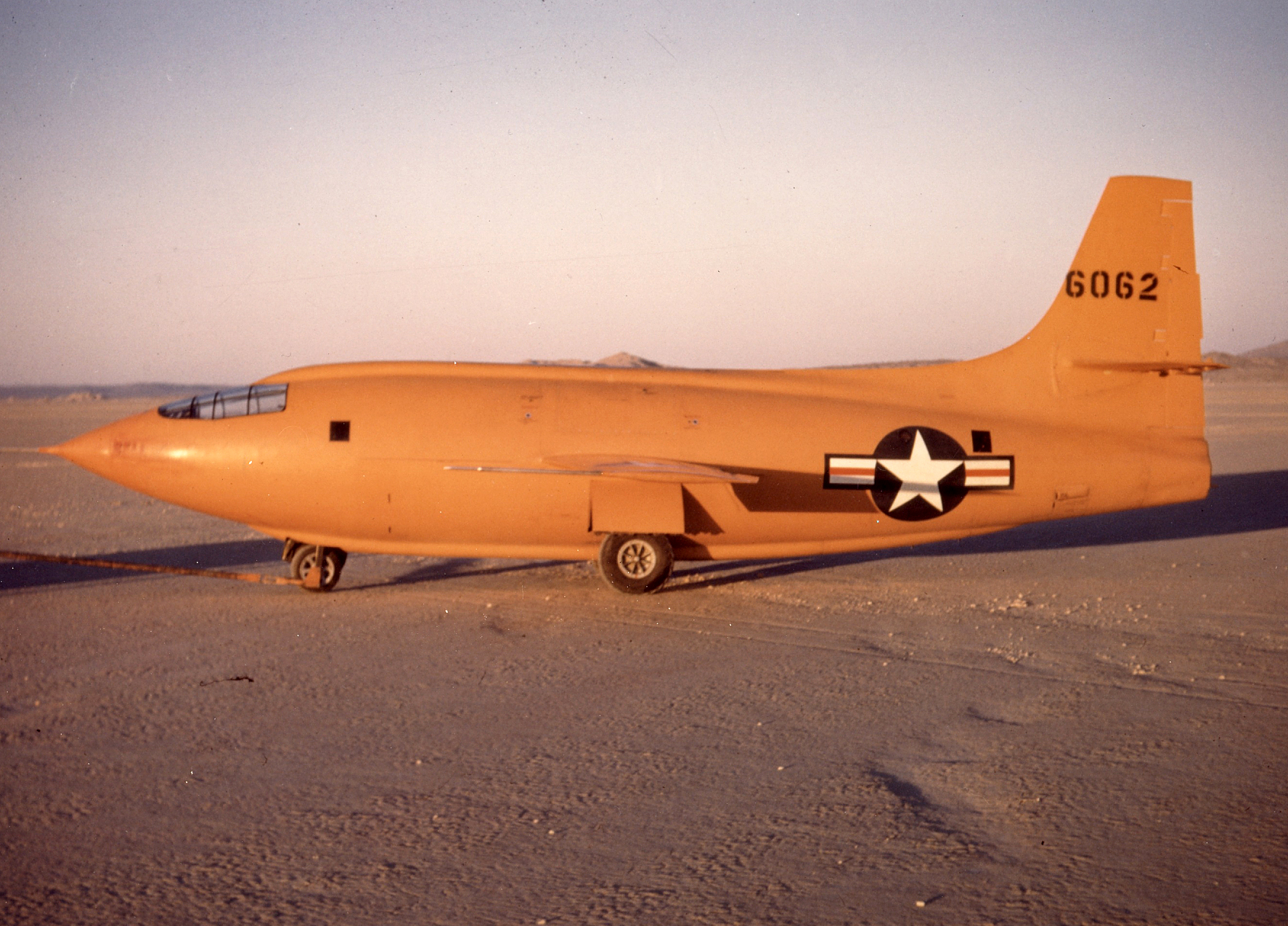
Bell X1 Dropping the Orange Beast That Broke the Sound Barrier
The Bell X-1 was the first piloted plane to fly faster than the speed of sound. Flown by USAF Captain Charles "Chuck" Yeager, the Bell X-1 rocketed to supersonic speeds for the first time on October 14, 1947, over Muroc Air Base in the Mojave Desert. It has a wingspan of 8.5 meters (28 feet) and a length of 9.5 meters (31 feet), with a.
Bell X1 National Air and Space Museum
Summary On October 14, 1947, the Bell X-1 became the first airplane to fly faster than the speed of sound. Piloted by U.S. Air Force Capt. Charles E. "Chuck" Yeager, the X-1 reached a speed of 1,127 kilometers (700 miles) per hour, Mach 1.06, at an altitude of 13,000 meters (43,000 feet).
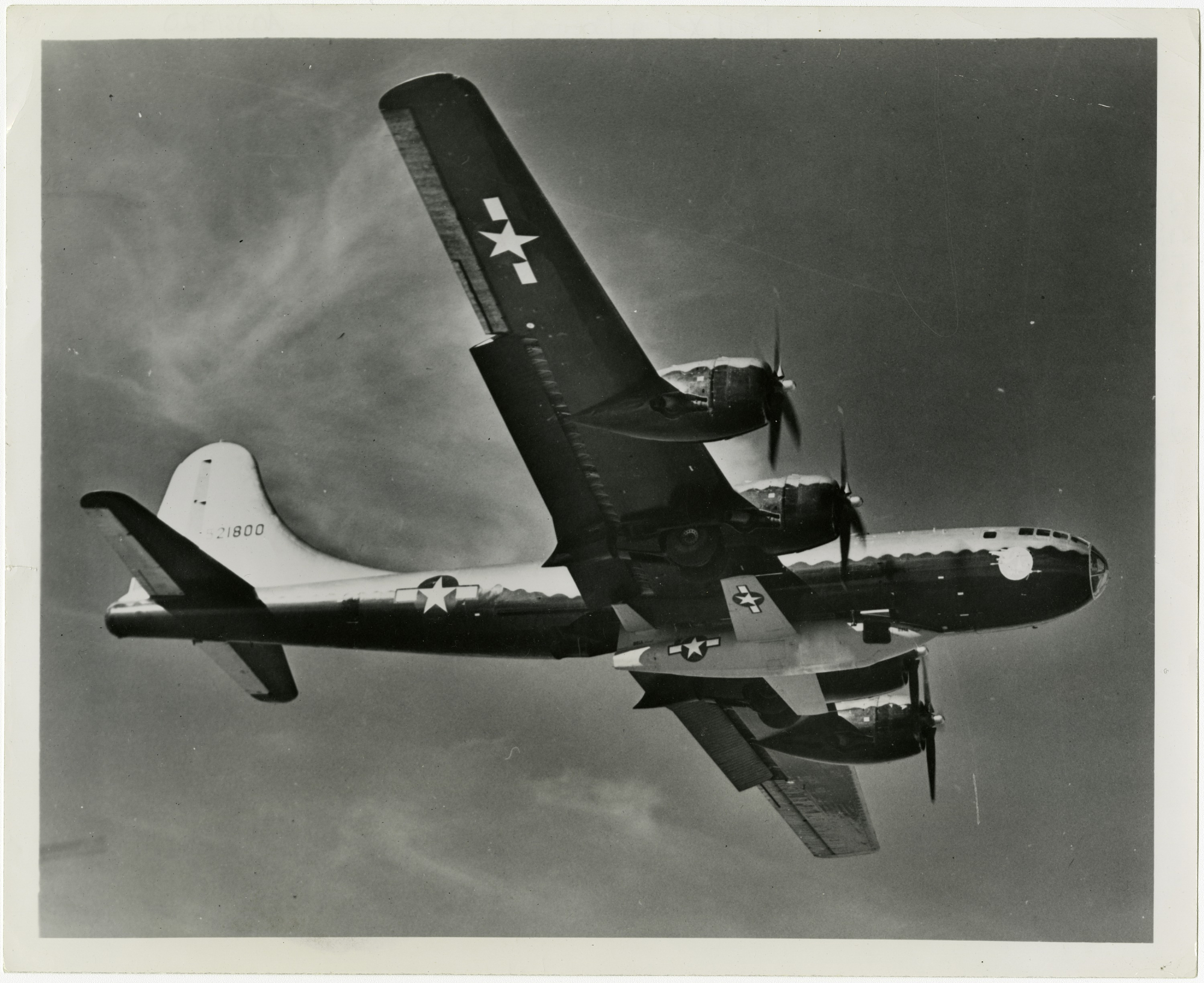
Bell X1 "Glamorous Glennis"; Boeing B29 Superfortress. [photograph] National Air and Space
Single engine, single seat, mid-wing rocket plane with international orange paint scheme.On October 14, 1947, the Bell X-1 became the first airplane to fly faster than the speed of sound. Piloted by U.S. Air Force Capt. Charles E.
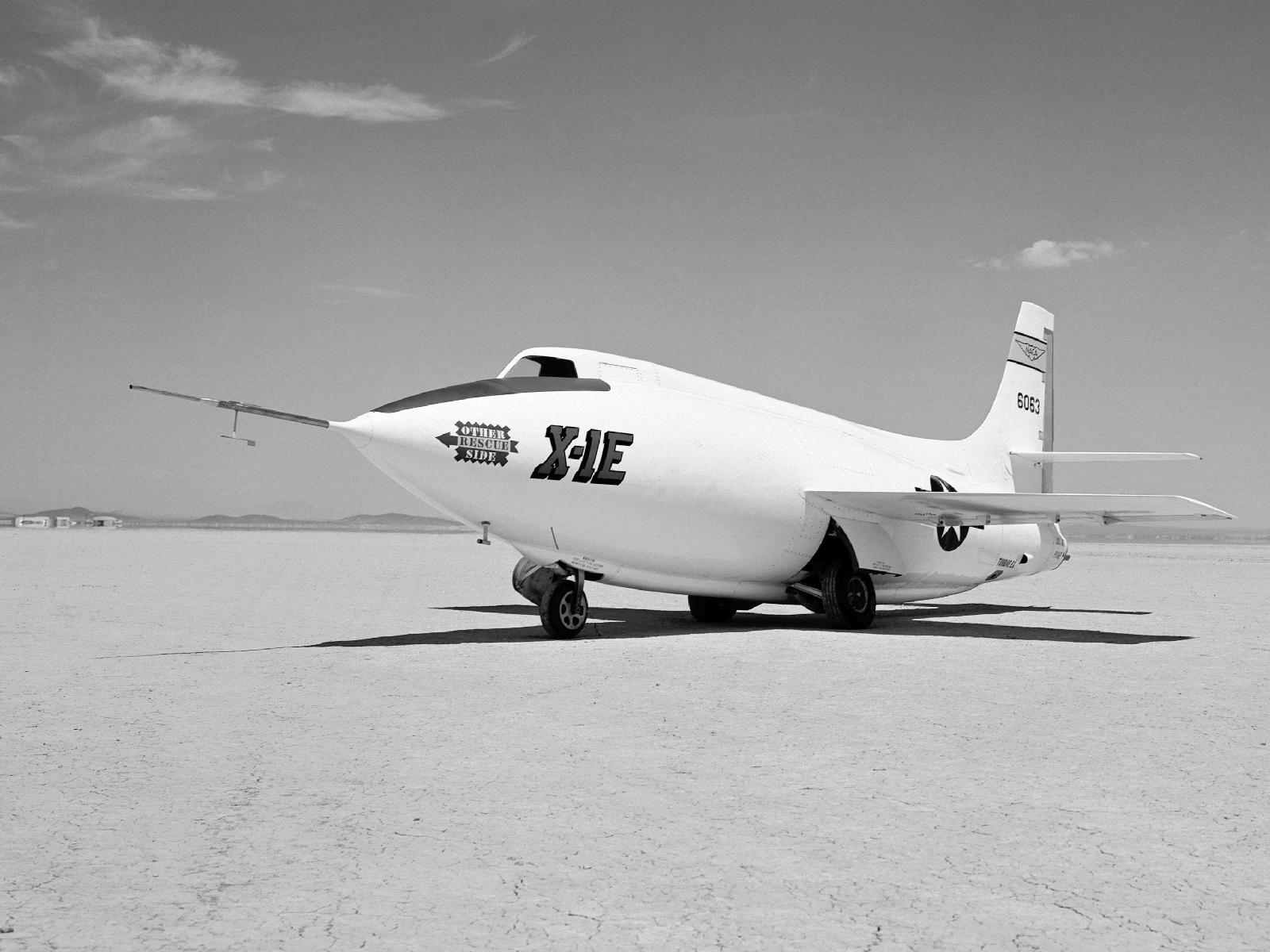
6 November 1958 Final Flight of the X1 Rocketplane Program Niagara Aerospace Museum
The Bell X-1 was a rocket-powered aircraft designed by Bell for a supersonic joint research project between the National Advisory Committee for Aeronautics (NACA) and the US Army Air Forces (USAAF), later the US Air Force.

Bell X1 · The Encyclopedia of Aircraft David C. Eyre
The Bell X-1 is one of the most significant test aircraft in history since it was the first plane to conclusively break the sound barrier. The X-1 project began in 1944 when the US Army Air Force (USAAF) and the National Advisory Committee for Aeronautics (NACA) agreed on a joint program to investigate the possibility of supersonic flight..

Bell X1 NASA
Seventy-five years ago, on October 14, 1947, the Bell X-1 Glamorous Glennis, piloted by U.S. Air Force Captain Charles E. "Chuck" Yeager, became the first airplane to fly faster than the speed of sound (Mach 1). The experimental purpose-built aircraft reached 1,127 kilometers (700 miles) per hour (Mach 1.06).
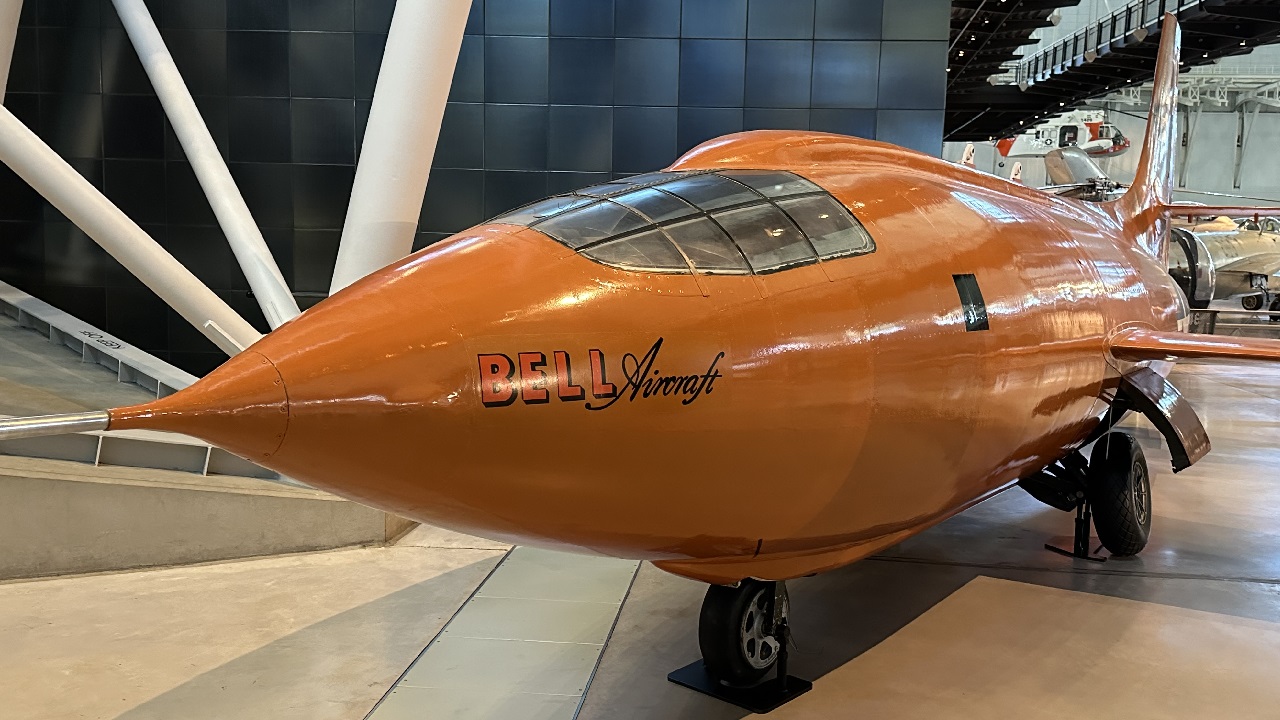
75 Years Ago, The Bell X1 Broke the Sound Barrier (Hitting Mach 1) 19FortyFive
Bell X-1: Dropping the Orange Beast That Broke the Sound Barrier Numerous books, articles, documentaries and movies have told the story of how famed pilot Chuck Yeager broke the sound barrier. Here's the story behind the team and aircraft that made that possible by Mark Carlson 10/14/2021

Bell X1 Wikipedia, la enciclopedia libre
The Bell X-1 was a rocket-powered aircraft developed for the National Advisory Committee for Aeronautics and the US Army Air Forces that first flew in 1946. Intended for research into transonic flight, the X-1 became the first aircraft to break the sound barrier.